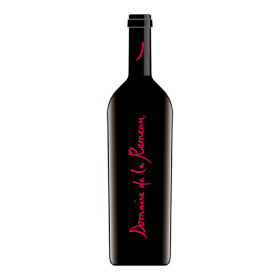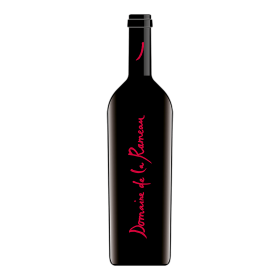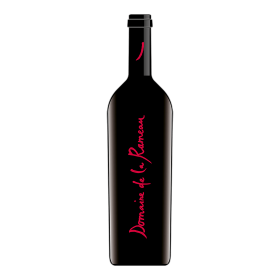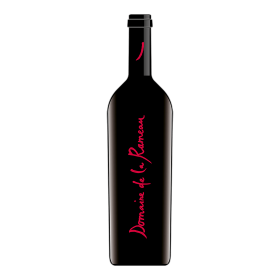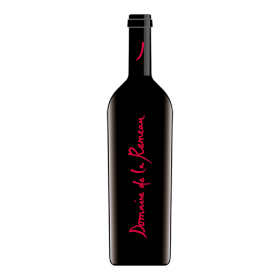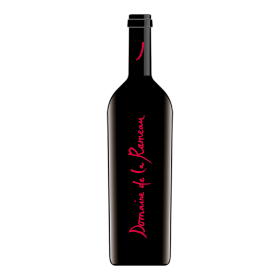Grape varieties
33% Cabernet Sauvignon, 33% Cabernet Franc and 33% Cornalin.
Cabernet Sauvignon is one of the most planted grape varieties in the world. It matures late and has found the soil and climate in the Valais to suit it. With its full-bodied and tannic structure, Cabernet Sauvignon brings density and power to this blend.
Cabernet Franc is a more discreet grape variety worldwide, but it is considered one of the great red grape varieties from the Loire Valley to the Bordeaux region via the Valais. This late ripening grape brings an elegance and typical tobacco and leather aromas to this blend.
Cornalin is indigenous to the Valais, and is also found in the Aosta Valley under the name of Rouge du Pays. Late maturing, capricious and difficult to work, Cornalin was almost abandoned in the middle of the 20th century. Its extraordinary fruity strength, its insolent youth and its body, both elegant and vinous, bring the final touch to this unusual blend.
Winemaking
We carry out cold macerations for 10 to 15 days and then the fermentations begin. We maintain a fermentation temperature of around 25°C and carry out light punching downs during the 10-15 days of fermentation. Decanting is decided by tasting.
The pressing is as delicate as possible and we separate the free-run juice from the press juice to make a blend that best reflects the finesse of each vintage. We create the blend of the different grape varieties after pressing, then the wines are aged in oak barrels for 14 months. 80% of the barrels are new oak barrels from the Tonnellerie François Frères in Burgundy, the remaining 20% are 1 wine oak barrels (having already vinified one vintage).
After ageing, the wines are lightly filtered and then bottled. We market the wines one year after bottling to give the wine time to develop before marketing.
Vintage 2020
The weather conditions were favourable from the end of March, leading to an early start to vegetation. Flowering and veraison started a week ahead of the ten-year average. The growth of the vines was heterogeneous depending on the sector and the grape variety.
The favourable conditions at the beginning of the season made it possible to delay the first treatments against fungal diseases. Alternating rainy and dry spells accompanied by high temperatures in July and August led the winegrower to intervene to protect the harvest.
The harvest officially opened on 11 September and took place in favourable weather conditions with a quality of grapes requiring very little sorting.
The hot and dry climate of the first part of the harvest contrasted with the coolness and humidity that set in at the end of September. We therefore find wines with different balances depending on the plots and the harvest dates chosen by the winemakers. The first tastings reveal greedy, fine wines with very good concentrations.
Tasting
This wine for ageing expresses itself on the palate with notes of blackcurrant and blackberry, with tannins that need a little time to develop.
A wine that will go wonderfully with a rack of lamb with rosemary or a fine piece of red meat.
Wine conservation
10 to 15 years (in good temperature and humidity conditions).



